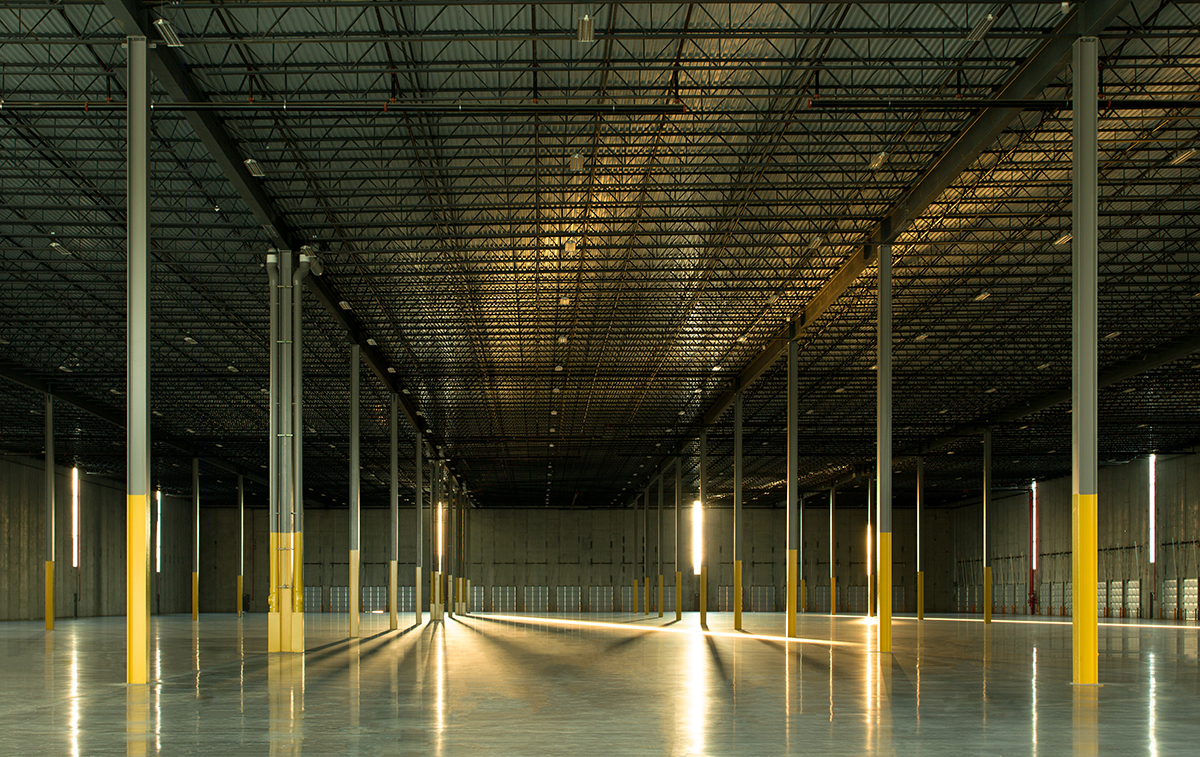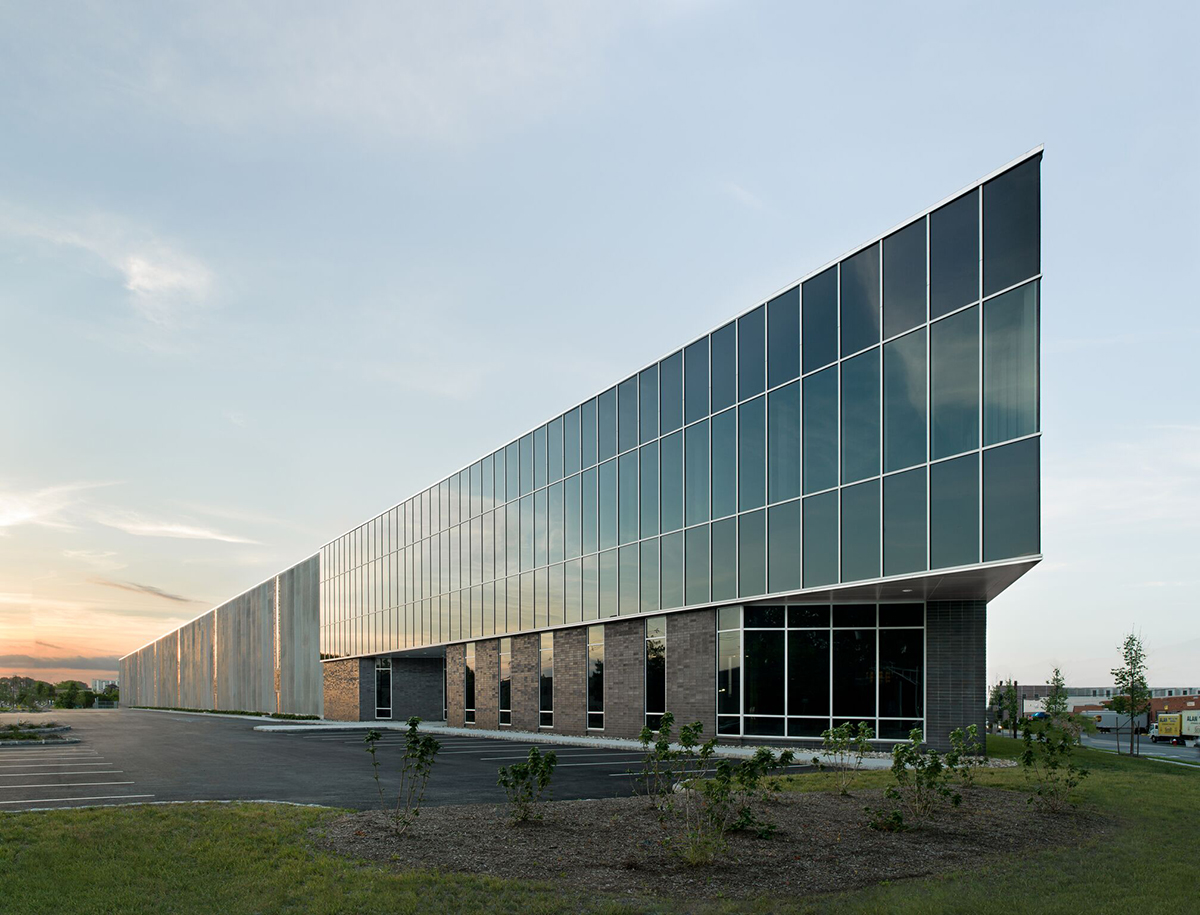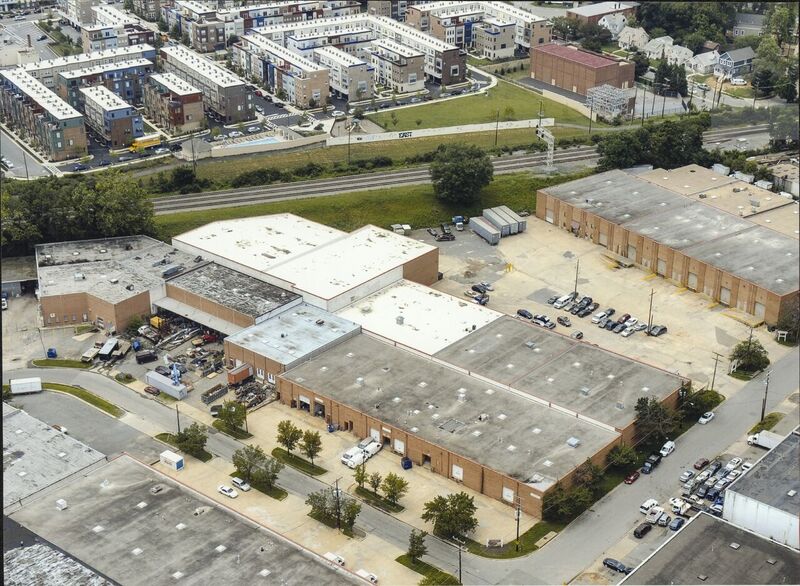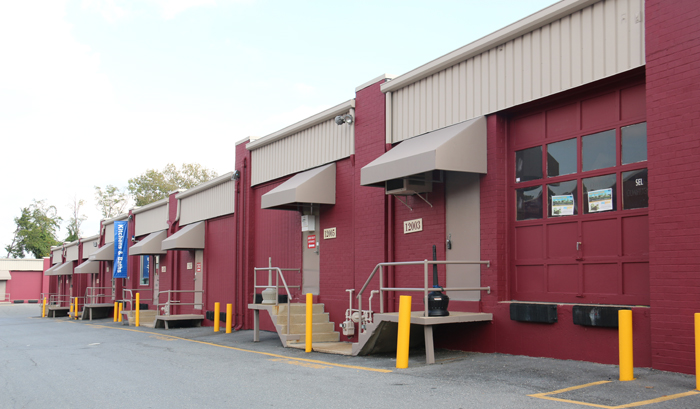Industrial at Full Throttle—For Now
With e-commerce and international trade pushing the sector further, a couple of import tariffs are not likely to scare off investors. A full-on trade war, however, could make a dent or two.
By IvyLee Rosario

Located at 125 N. St. in Teterboro, N.J., the property comprises 220,000 square feet across a 13.6-acre site. Photo courtesy of Forsgate Industrial Partners
The industrial market continues to thrive, with growth in online retail and international trade boosting the already solid sector. Over the past decade, online sales have become an increasingly strong factor in pushing up demand for industrial and logistics space, shifting the needle from traditional retail to direct delivery from distribution facilities. E-commerce accounted for 4.2 percent of U.S. retail sales in the first quarter of 2010. The figure has more than doubled since, reaching 9.6 percent during this year’s first quarter, according to Statista.
In a move that preceded some international back and forth, President Trump signed an executive order this March imposing import tariffs of 25 percent on steel and 10 percent on aluminum. Apart from indirect effects, these changes could have a negative impact on the development of new projects, potentially increasing construction costs over time. This being said, the industry does not seem to expect a heavy impact and investors are bent on sticking to their guns.
“The marketplace feels this is a negotiating strategy developed by the president; no one is actually making business decisions based on (the tariffs),” said Alex Klatskin, general partner with Forsgate Industrial Partners. “Real estate is always active and regulations change, but we make decisions based on a future 10- to 20-year demand, not on quarterly changes that may or may not occur. We might see temporary disruptions, but that’s not a basis for an investment strategy.”

Newly constructed in 2017, 125 N. St. in Teterboro, N.J. offers 45 loading docks, one expandable drive-in door, 40-foot ceiling heights and parking for 172 cars and 77 trailers. Photo courtesy of Forsgate Industrial Partners
“Most people would agree the escalation of a trade war would be bad for the economy,” asserted Chris King, assistant vice president with Walker & Dunlop. “However, tenants aren’t going to overreact to short-term changes and drastically alter space needs or overhaul leasing structures if it might be a temporary blip in the market.”
Stable waters, looming storms
The most recent administration to impose tariffs on steel products was that of George W. Bush. This happened between 2002 and 2005 and, according to a CBRE report, the resulting rise in costs reduced employment in steel-consuming sectors by 200,000 jobs, equaling $4 billion in wage losses. However, the overall economic impact did not surpass $30 million net. And as construction activity remained robust, developers can rightly question whether proposed tariffs will end up denting the industrial sector as a whole.
Nonetheless, the seeds of a potential trade war are expected to bring obstacles across the U.S., especially in states that are strongly plugged in to international markets. Places such as New York, California, Texas, Michigan and several farming states are bound to lose the most, which could in turn send ripples across regional economies. “Farming states such as Iowa, Kansas and Nebraska are reliant on global trade,” noted Hugh Kelly, principal of Hugh Kelly Real Estate Economics. “If they lose the markets overseas, there isn’t much else left for them.”
Hold, don’t fold
With demand for new product up, a bigger problem is the ability to buy land in the right spots. “Major urban areas where e-commerce happens—such as Washington, D.C., for example—are oftentimes where more consumers are moving to be in a downtown lifestyle. That in turn is pushing out the industrial stock into surrounding locations,” said King. “There is a higher demand for core locations, but these facilities may end up in the suburbs instead. Tenants would prefer new construction, but there are plenty of Class B and C spaces suitable for warehousing, cold storage and manufacturing.”
A buyer able to find a new building in a thriving location can “write their own ticket as far as rental rates go,” Klatskin explained. However, this scenario remains a needle-in-the-haystack one; most owners of such properties are far from planning to sell anytime soon. “The only way today to build new product is to tear down existing buildings or not be afraid to work with difficult sites, such as a closed landfill or previously contaminated area,” he added.
Owners that have found a successful balance within their industrial portfolios are mostly prone to stick to the steady cash flow instead of selling at a cap rate that’s higher than anticipated. “Investors aren’t interested in mismatching with more buyers than sellers; right now, you will see more owners deciding to keep what they have until we go through whatever down cycle comes in the next few years,” noted Kelly. “The tariff and trade situation is concerning, but the red lights aren’t flashing just yet.”
You’ll find more on this topic in the October 2018 issue of MHN.









You must be logged in to post a comment.